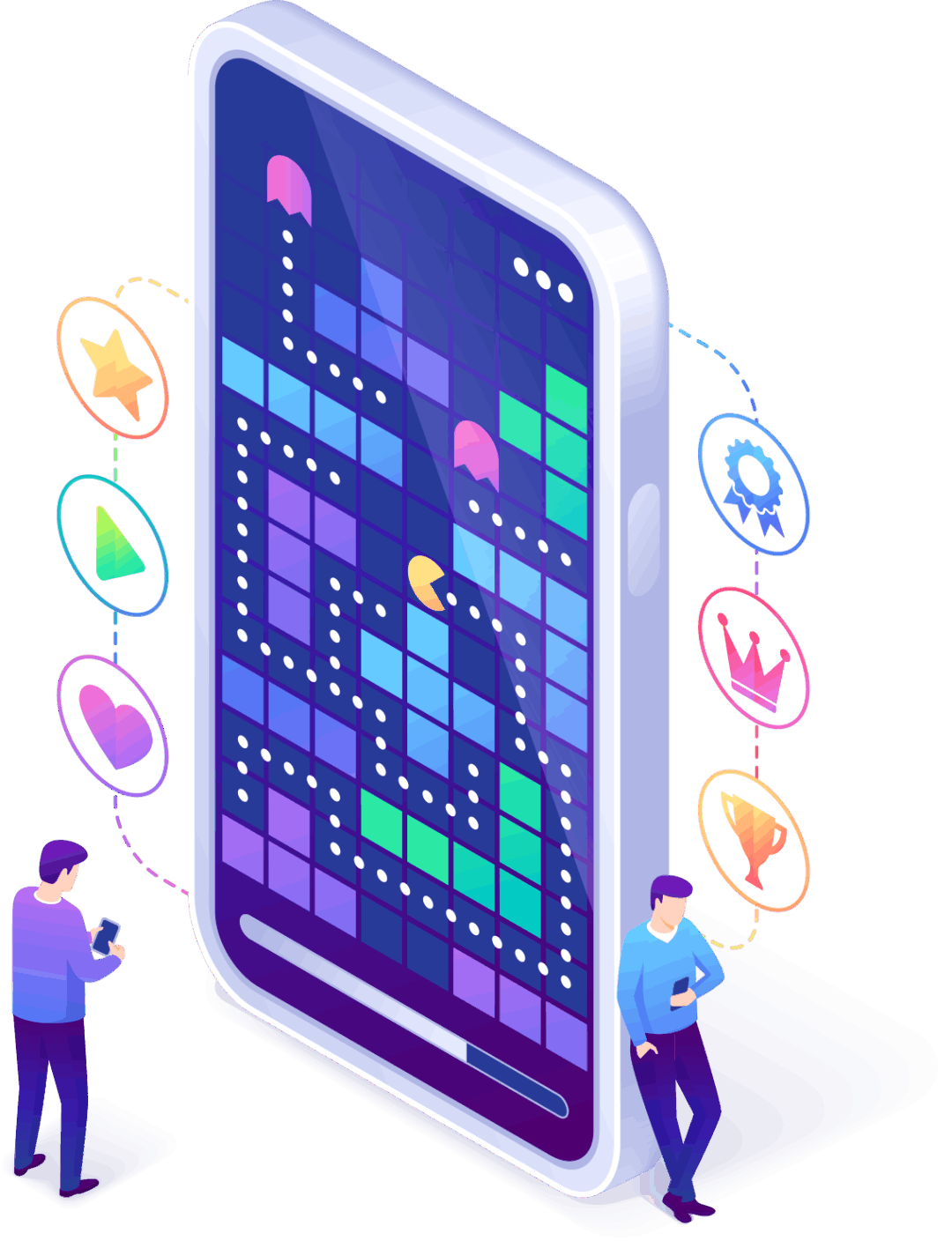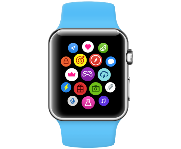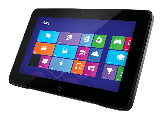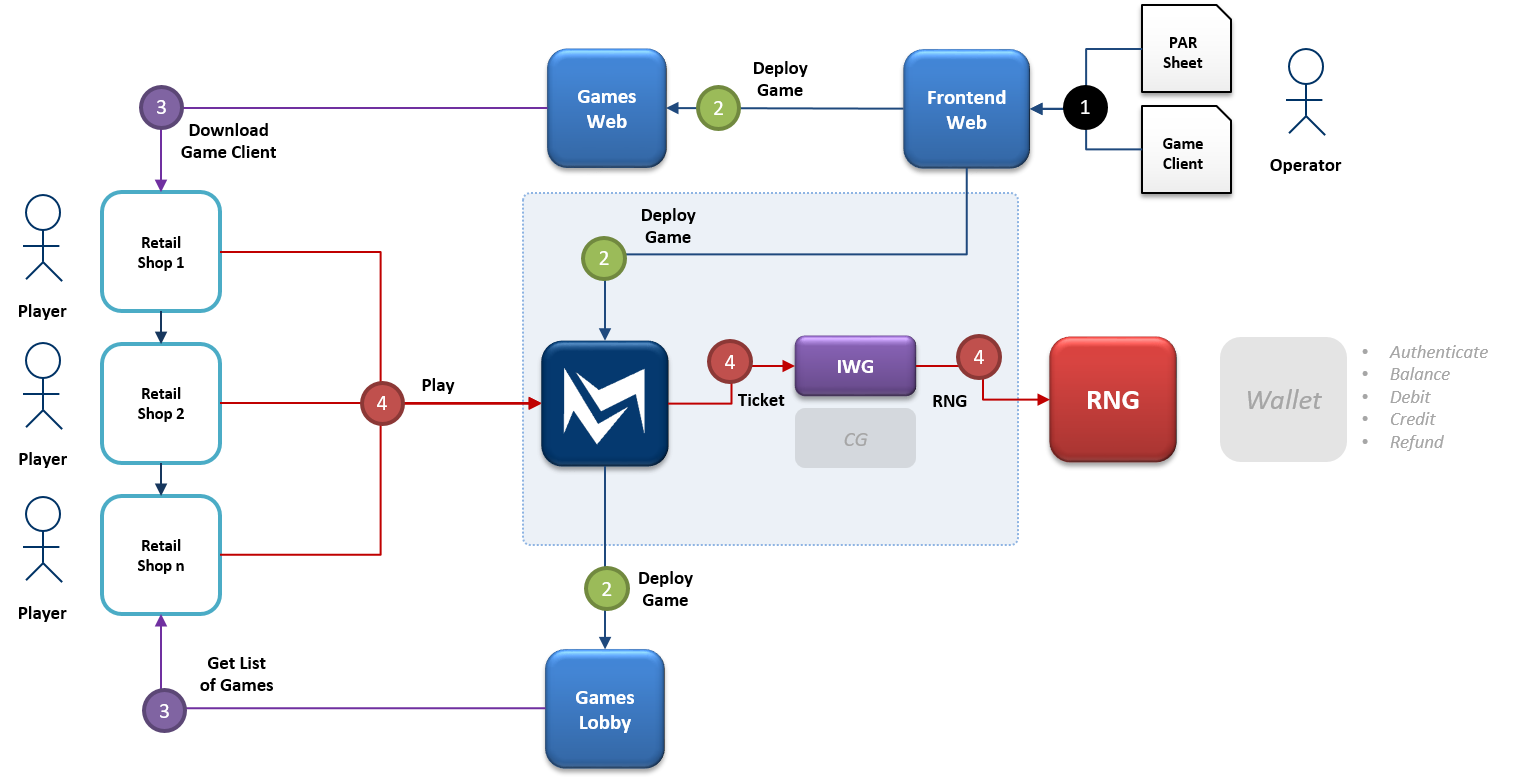Instant Win Games
Create engaging marketing video games that everyone can play!



«A retail chain requests a video game for an in-retail marketing campaign; the game must distribute a finite set of prizes, while the prize pool is shared by all retail shops. The prizes budgeted are in the following table and the customer wants to target 1,000,000 consumers.»
We design a digital "Scratch Card" where consumers must reveal 3 identical symbols on a board of 9 concealed symbols in order to win.
In the campaign according to the budget and the promotional energy designed, 120,301 prizes will be distributed to a total of 1,000,000 customers.
| Symbols | Prizes | Campaign |
|---|---|---|

| Car | 1 |

| Smart Watches | 100 |

| Android Tablets | 200 |

| Discount Vouchers 20% | 20.000 |

| Discount Vouchers 10% | 100.000 |
| Total: | 120.301 |

First we configure a new Game Engine on Frontend and enter the specifications for an Instant Win Game. Those specs are also known as PAR Sheet, a document that details how a particular game is designed..
1.1. Once the Game Engine is ready we can release it in a Sandbox and provide access to game developers to create and test the Game Client; this is the visible portion of the game that renders the animations of the game.
1.2. Game Engine and Game Client are tested together.
1.3. Should localizations be necessary, Operator enters translations in Frontend.
Then we deploy:
2.1. Game Engine configuration to the Game Server.
2.2. Game Client to a Games Web Sever.
2.3. Optionally we can deploy the game title to a Games Lobby.
Retail shops download Game Client (ie. to a Digital Signage player or in-retail tablets used for marketing campaigns).
Consumers upon purchase get the option to play the game:
4.1. Game Client connects to Game Server.
4.2. Game Server maps request URI to a Game Engine.
4.3. Game Engine validates and authenticates request.
4.4. Game Engine requests a random number from RNG.
4.5. Game Engine generates a Ticket based on RNG input. Ticket normally contains animation directives that instruct the client how to animate the Ticket to player.
4.6. Game Server responds the Ticket back to Game Client.
4.7. Game Client renders the animations.
- If it is a Winning Ticket, consumer instantly receive his Prize.
A video game management software for marketing and promotional purposes with bonus points and similar pseudo-currencies.
It is an algorithm implemented in the form of a mathematical function, which accepts as input a random number and calculates whether the player has won or not, based on the definition of the game.
A Game Engine produces as an output a Ticket, which in its digital form carries information on how the result should be presented to the Player.
A game that does not require player skill and has a finite pool of winning and non-winning Tickets. The game consist of concealed symbols distributed randomly that players must scratch to reveal. Every scratch action produces a Ticket.
A game that does not require player skill; player winnings are calculated using a probabilities mathematical model at design-time, and at run-time using a random number generator. Typical probabilistic games are wheel games, like the “Wheel of Fortune TV game”. The game consist of symbols distributed randomly on reels that players must match on a spin. Every spin action produces a Ticket.
A game element that players must match in order to win.
Is the list of payouts of a game and shows how many credits the player will win for each combination of symbols. The pay table displays all possible winning sequences.
Represents a transaction between the Player and the Promoted Company. Ticket offers the player the opportunity to bet on one or more columns (Pay Lines).
In a typical scenario, the player places a Wager on some form of digital currency (Tokens, Bonus Points, Fidelity Points, etc.) on one or more Pay Lines and obtains a random Ticket of the game. A random number generator (RNG) extracts the symbol distribution for this Ticket and a Game Engine calculates the Win-Lines (the part of a Pay-Line that wins).
The "wallet" of bonus points that contains the player / consumer accounts.
In games where Player is expected to place a Wager, percentage return to player (% RTP) is the expected percentage of wagers that a specific game will return to the player in the long run.